Collection
Theme
- Children
- Forced labour
- Forced marriage
- Domestic slavery
- Sexual exploitation
- Debt bondage
- Trafficking
Country
- Nepal (trafficked from)
- Nepal (slavery location)
- India (slavery location)
- Lebanon (slavery location)
- Malaysia (slavery location)
- Qatar (slavery location)
- Iraq (slavery location)
Date
- 2014 (Narrative date)
- 2020 (Narrative date)
- 2016 (Narrative date)
- 2010 (Narrative date)
- 2016 (Narrative Date) 12 More
Type
38 results
VOICES: Narratives by Survivors of Modern Slavery
This is the world's largest archive of modern slavery survivor narratives. Across more than a million words spoken or written by survivors of modern slavery, we can see why slavery persists in particular hotspots, analyse patterns in trafficking routes, identify vulnerabilities, understand more about the challenges survivors face in liberation, and discover new antislavery solutions. These narratives offer the chance to systematically design new antislavery strategies based on the experiences, ideas and solutions of enslaved people themselves.
The database is searchable by country, name, theme, and narrative date. Narratives can be viewed in list or map form. A short introduction provides context to each narrative. Narrative provenance appears after the main narrative text.
For ideas on how to use this database, please see our accompanying guide.
Project Lead: Zoe Trodd. Team Members: Andrea Nicholson, Lauren Eglen, Rosemary Pearce, Olivia Wright.
Project Funders: AHRC Antislavery Usable Past grant (2014-19), ESRC/AHRC PaCCS Modern Slavery: Meaning and Measurement grant (2016-19), and AHRC-GCRF Antislavery Knowledge Network grant (2017-2021).
For any queries about the collection please contact: [email protected]. If you wish to cite a particular narrative, please acknowledge the survivor’s name, the provenance of the narrative and cite: Voices Database, the Rights Lab, University of Nottingham.

Deependra
Migrant workers from Asia and Sub-Saharan African continue to flock to the Middle East for work. Migrant workers are subject to practices that may amount to forced labour including extortionate recruitment fees, illegal confiscation of identity documents, withholding and non-payment of salaries,…
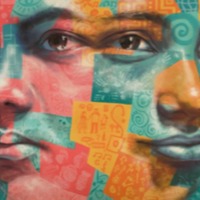
Aakash
Foreign workers constitute more than 20 percent of the Malaysian workforce and typically migrate voluntarily—often illegally—to Malaysia from Bangladesh, India, Nepal, Burma, Indonesia, the Philippines, and other Southeast Asian countries, mostly in pursuit of better economic opportunities. Some…
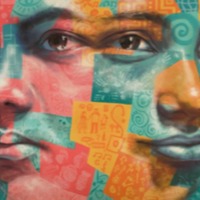
Neeta
Within Nepal, bonded labour exists in agriculture, brick kilns, the stone-breaking industry, and domestic work. Sex trafficking of Nepali women and girls increasingly takes place in private apartments, rented rooms, guesthouses, and restaurants. Nepali and Indian children are subjected to forced…
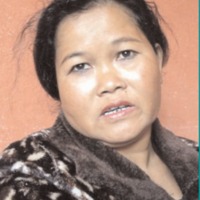
Kamala B
Lebanon is a destination for Asian and African women trafficked for the purpose of domestic servitude, and for women from Eastern Europe and the Soviet Union trafficked for the purpose of commercial sexual exploitation. Lebanese children are trafficked within the country for the purpose of…
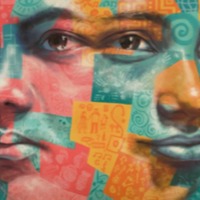
Maya B
Lebanon is a destination for Asian and African women trafficked for the purpose of domestic servitude, and for women from Eastern Europe and the Soviet Union trafficked for the purpose of commercial sexual exploitation. Lebanese children are trafficked within the country for the purpose of forced…

Savitra
Lebanon is a destination for Asian and African women trafficked for the purpose of domestic servitude, and for women from Easter Europe for commercial sexual exploitation. There are estimated 200,000 migrant domestic workers in Lebanon and until 2012, Lebanon was the top country of…
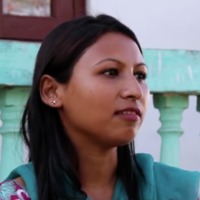
Menuka
Lebanon is a destination for Asian and African women trafficked for the purpose of domestic servitude, and for women from Easter Europe for commercial sexual exploitation. There are estimated 200,000 migrant domestic workers in Lebanon and until 2012, Lebanon was the top country of destination for…
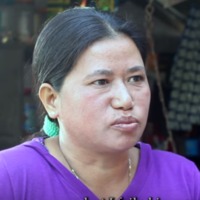
Mira
Lebanon is a destination for Asian and African women trafficked for the purpose of domestic servitude, and for women from Easter Europe for commercial sexual exploitation. There are estimated 200,000 migrant domestic workers in Lebanon and until 2012, Lebanon was the top country of destination for…

Manon
Mica is a mineral that provides the sparkling effect in cosmetics and car bodypaint. The mica mining area of Jharkhand/Bihar in India comprises an estimated 300 rural villages, and child labour occurs in these remote villages, including collecting/mining mica and cobbing (hammering minerals other…

Pramilla
Experts estimate millions of women and children are victims of sex trafficking in India. Traffickers use false promises of employment or arrange sham marriages in India or Gulf States and subject women and girls to sex trafficking. In addition to traditional red light districts, women and children…

Rita
Rita was drugged and trafficked from Nepal into India in 1998 at the age of 19. She was eventually helped by the NGO “Maiti Nepal.” Here she narrates a series of experiences that are rooted in her identity as a woman. The traffickers tricked her by explaining that they needed her to help smuggle…
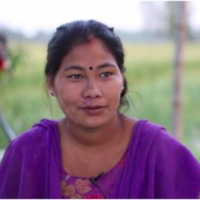
Kamala
In Nepal, poverty forces people to seek work overseas to provide for themselves and their desperate families. Migration across the border is unsafe and uncontrolled, which is how Kamala was trafficked and forced into slavery. It is estimated that there are over four million domestic workers in…
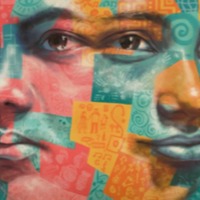
Kumar
Men and women from throughout Asia and East Africa who migrate to Iraq are subjected to forced labor as construction workers, security guards, cleaners, handymen, and domestic workers. Some foreign migrants are recruited for work in other countries in the region but are forced, coerced, or deceived…
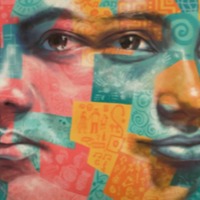
Anita
Anita was trafficked from Nepal to India in 1998 at the age of 27. Her narrative emphasizes the uniquely female elements of slavery. She describes her pain as a mother separated from her children, mentions the idea that the women in the brothel are her “sisters,” seeks escape by offering an…
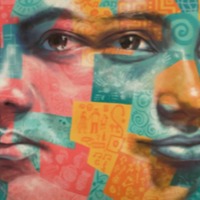
Goma
Goma was enslaved in her home country of Nepal as a teenager, after running away with friends to Kathmandu, the capital of Nepal. She was made to weave carpet without pay and beaten when she asked for the money she earned. According to the Global Slavery Index, within Nepal, forced labour and debt…
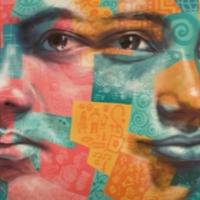
Beli
The Global Slavery Index 2018 estimates that on any given day there were nearly 8 million people living in modern slavery in India. The GSI 2018 reports an emerging trend in northeast India where organised trafficking syndicates operate along the open and unmanned international borders, duping or…
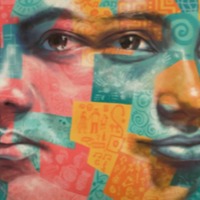
Anita D
The Global Slavery Index 2018 estimates that on any given day there were nearly 8 million people living in modern slavery in India. The GSI 2018 reports an emerging trend in northeast India where organised trafficking syndicates operate along the open and unmanned international borders, duping or…
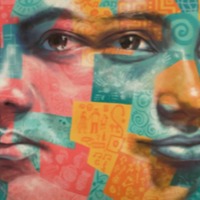
Rajita T
There are an estimated 171,000 people living in modern slavery in Nepal (GSI 2018). Within Nepal, bonded labour exists in agriculture, brick kilns, the stone-breaking industry, and domestic work. Sex trafficking of Nepali women and girls increasingly takes place in private apartments, rented rooms,…
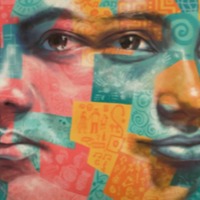
Geeta K
There are an estimated 171,000 people living in modern slavery in Nepal. Within Nepal, bonded labour exists in agriculture, brick kilns, the stone-breaking industry, and domestic work. Sex trafficking of Nepali women and girls increasingly takes place in private apartments, rented rooms, guest…
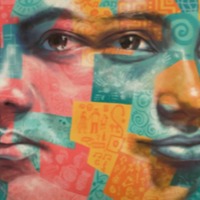
Laboni
There are an estimated 171,000 people living in modern slavery in Nepal. Within Nepal, bonded labour exists in agriculture, brick kilns, the stone-breaking industry, and domestic work. Sex trafficking of Nepali women and girls increasingly takes place in private apartments, rented rooms, guest…